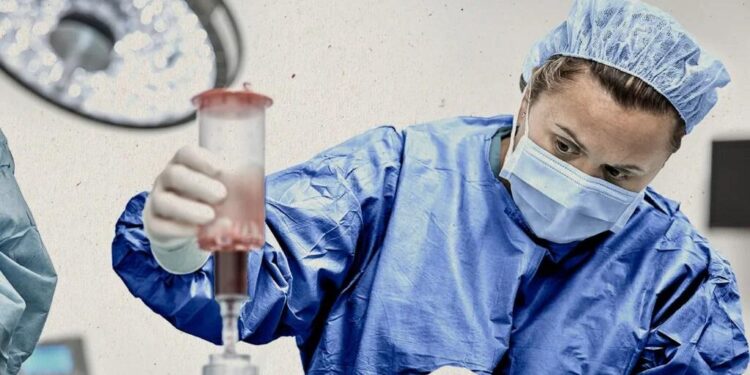According to Dr. Curtis Cripe, stem cell therapies have become a promising area of research for tissue and organ regeneration. These therapies utilize stem cells, which have the ability to differentiate into various types of cells, to repair or replace damaged tissues and organs. Stem cell research holds significant potential for advancing medical treatments, offering hope for patients suffering from a wide range of conditions.
Stem cells are undifferentiated cells capable of transforming into specialized cell types. There are two main types of stem cells: embryonic and adult stem cells. Embryonic stem cells are pluripotent, meaning they can develop into almost any cell type in the body. Adult stem cells, also known as somatic stem cells, are multipotent and can produce a limited range of cell types, typically related to the tissue from which they originate. These properties make stem cells valuable in regenerative medicine.
One of the most exciting applications of stem cell therapies is tissue regeneration. When tissue is damaged due to injury, disease, or aging, stem cells can be used to stimulate healing and repair. For example, in cases of heart disease, where heart tissue is damaged, stem cell treatments can promote the growth of new cardiac cells, potentially restoring normal heart function. Similarly, stem cells have been used to regenerate skin, bone, cartilage, and even nerve tissue, helping to repair injuries or conditions that were previously difficult to treat as per Dr. Curtis Cripe.
Organ regeneration is another area where stem cell therapies show promise. The need for organ transplants is significant, with many patients waiting for suitable donors. Stem cells offer a potential solution by allowing for the growth of functional tissues or even entire organs in the laboratory. This could significantly reduce the need for organ donations, improving patient outcomes and reducing the risk of organ rejection.
Despite the promise, challenges remain in the field of stem cell therapies. One major hurdle is controlling stem cell differentiation. It is essential to direct stem cells to become the correct type of tissue or organ without developing unwanted cells. Additionally, the risk of tumor formation due to uncontrolled stem cell growth poses a concern. Researchers are actively working to refine techniques to ensure the safety and efficacy of stem cell treatments.
Another challenge is the ethical considerations surrounding embryonic stem cell research. The use of human embryos in research has sparked debates over moral and ethical concerns. As a result, much of the research focuses on adult stem cells, which do not involve the destruction of embryos. Advances in induced pluripotent stem cells (iPSCs), which are reprogrammed from adult cells, are helping to address these ethical concerns while still providing the benefits of pluripotent stem cells.
The future of stem cell therapies for tissue and organ regeneration looks promising. Ongoing research continues to explore ways to improve the safety, efficiency, and applicability of these therapies. As technology advances and understanding deepens, stem cell treatments may become more widely accessible, offering hope for patients with previously untreatable conditions.
Stem cell therapies represent a transformative approach to tissue and organ regeneration. According to Dr. Curtis Cripe, while challenges remain, continued advancements in the field could lead to groundbreaking treatments, offering new solutions for patients in need of regenerative care.










